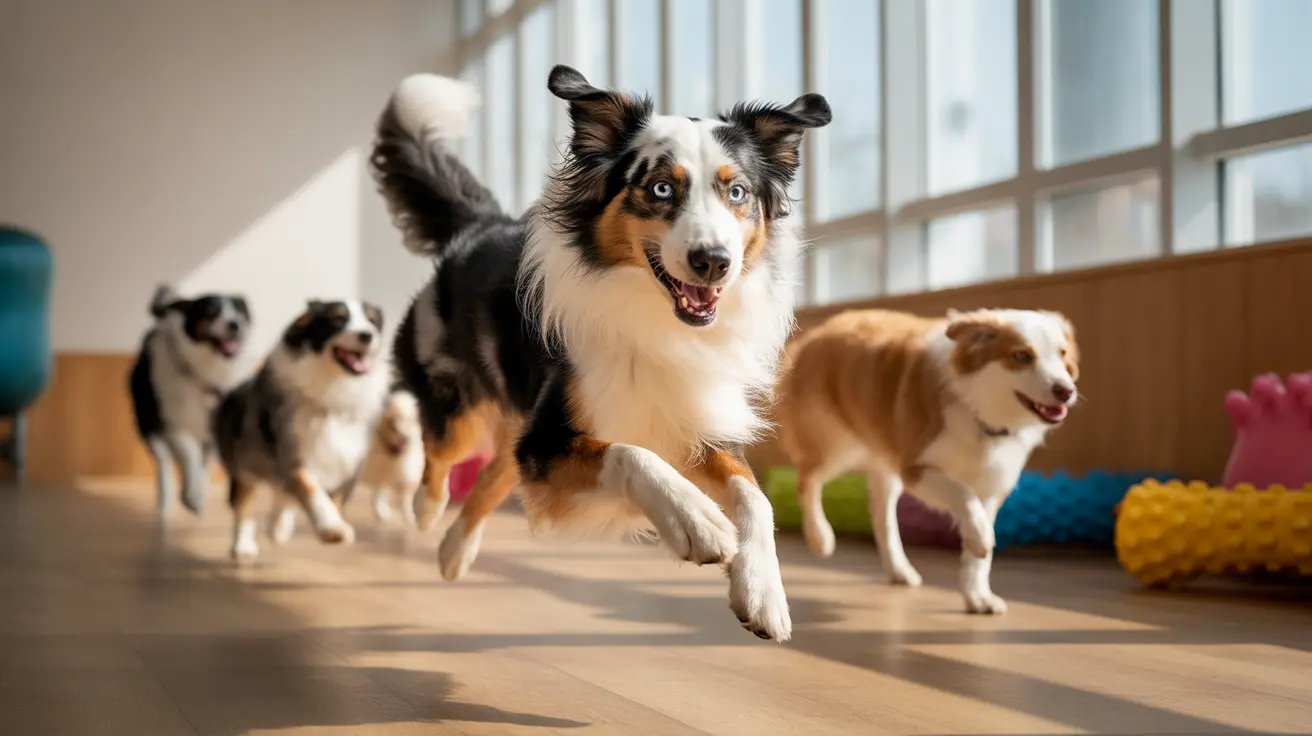Understanding the 5 D's of Dog Training for Better Obedience
Dog training is not just about teaching basic commands; it's an intricate process that encompasses a deep understanding of canine behavior and structured practice. One powerful framework used by professional trainers is the concept of the
5 D's of dog training. These five elements—
Distance,
Duration,
Distraction,
Difficulty, and
Diversity—are essential for proofing behaviors and ensuring that your dog responds reliably in real-world scenarios.
1. Distance
Distance refers to how far away you are from your dog when giving a command. A dog might respond perfectly to “sit” when you’re right in front of them but may ignore it when you’re across the room or park. Training with variable distances helps your dog understand that a cue applies regardless of your proximity.
- Start close to your dog while teaching a behavior.
- Gradually take steps back, reinforcing correct responses.
- Use a long line for safety when increasing distance outdoors.
2. Duration
Duration is the length of time your dog maintains the commanded behavior. Many dogs can sit or stay for a few seconds, but the challenge grows as you increase the time.
- Begin with short durations, such as 3–5 seconds.
- Gradually increase the amount of time your dog holds the position.
- Always release your dog with a cue and reward after successful stays.
3. Distraction
Distraction includes anything in the environment that may divert your dog’s focus—other animals, people, noises, or smells. A common training mistake is not preparing your dog to handle distractions.
- Start training in a distraction-free environment.
- Slowly add minor distractions once the behavior is solid.
- Reward generously when your dog stays focused despite distractions.
4. Difficulty
Difficulty refers to the complexity of the task or the skill level required. Some behaviors, like “sit,” are easier to master, while others, like “leave it” in a high-stakes moment, require more practice and self-control.
- Break complex behaviors into small, trainable steps.
- Use high-value rewards for harder tasks.
- Don’t rush progression—ensure mastery before advancing.
5. Diversity
Diversity includes practicing commands in a variety of settings and contexts. Dogs do not automatically generalize behaviors learned in one place to a different environment.
- Train at home, then move to the backyard, park, or pet store.
- Practice at different times of day and in different weather.
- Change your position—sit, stand, walk—to ensure your dog still responds.
Why the 5 D’s Matter in Dog Training
The 5 D's help create strong, reliable behaviors that persist in diverse situations. Not using them can result in cues that only work under perfect conditions. For example, a dog might “stay” in the living room but immediately get up at the park because you never introduced distractions or increased distance.
These elements are often embedded in the concept of “proofing,” which is the process of strengthening a behavior by practicing under gradually increasing levels of difficulty. Each D should first be trained independently, and only once your dog is thriving within each should they be combined.
Avoiding Common Training Mistakes
Misapplying the 5 D’s can lead to common training pitfalls. According to training experts, here’s what to avoid:
- Confusing cues: Inconsistent use of words or gestures can undermine the training process.
- Lack of patience: Rushing the process by increasing difficulty too quickly can frustrate your dog.
- Overuse of aversives: Negative corrections can harm your bond and reduce your dog’s confidence.
Instead, employ a positive reinforcement strategy. Use treats, praise, and play to build enthusiasm, and reward your dog at the instant they perform the desired behavior. A clicker or marker word like “yes” can help capture the behavior more precisely.
Tips for Applying the 5 D's
- Keep sessions short and fun—5 to 15 minutes is ideal.
- Track progress with a training log, noting successes and areas for improvement.
- Train every day in small bursts rather than relying on weekly classes.
- Be generous with rewards, especially during early learning stages.
Final Thoughts
Mastering the 5 D’s can elevate your dog’s obedience from inconsistent to bulletproof. Whether you're working on recall, sit-stay, or more complex tricks, gradually and systematically increasing Distance, Duration, Distraction, Difficulty, and Diversity will help you build reliable responses in any setting. Combine these principles with consistency, clear communication, and a positive attitude, and your dog will be well on their way to becoming a well-behaved companion.





